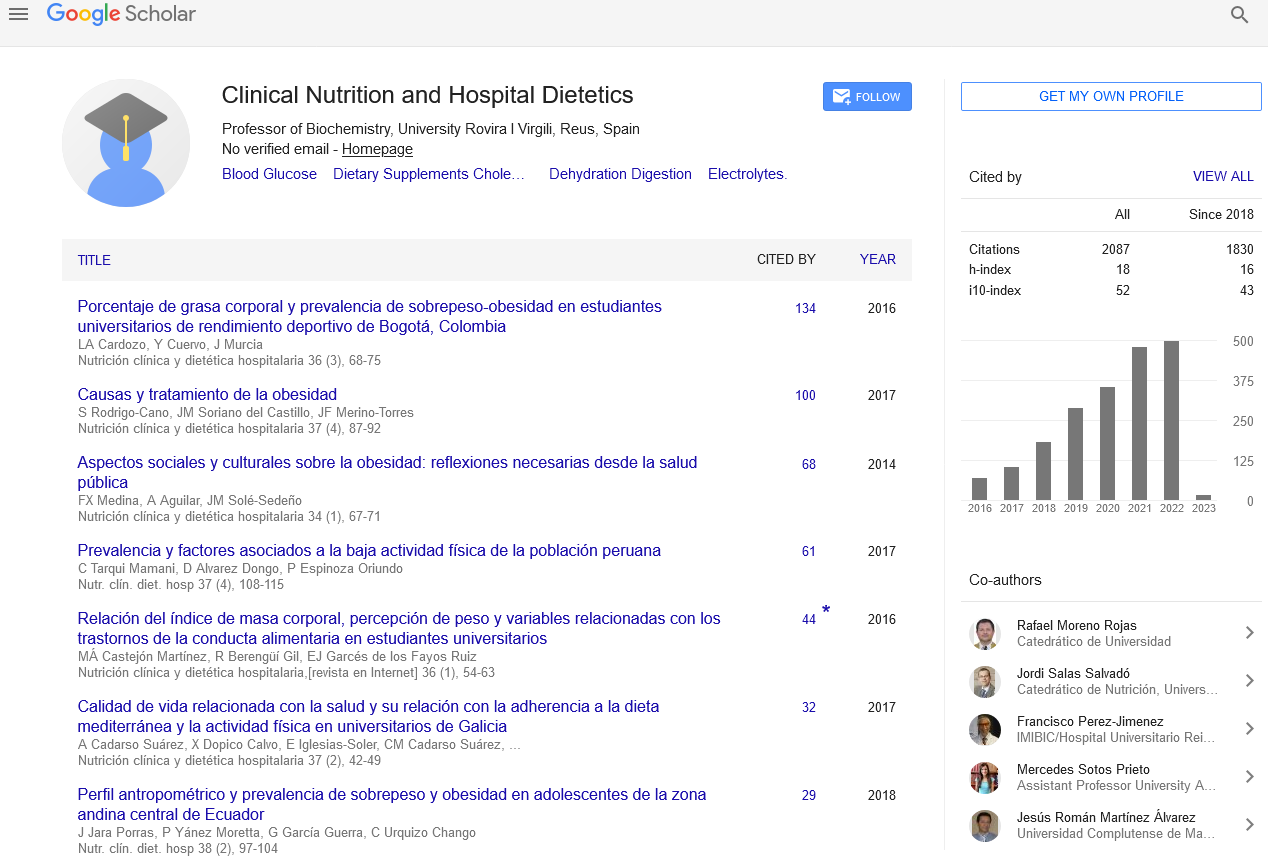Abstract
Alterations of height in peruvian children and adolescents
Author(s): Tarqui Mamani1, Carolina; Alvarez Dongo, Doris2; Espinoza Oriundo, Paula2
Introduction: Alterations of growth identified and treated in a timely manner will contribute to the normal development of the child.
Objectives: To describe the alterations of height in Peruvian children and adolescents.
Methods: Cross-sectional study. Probabilistic sampling, multistage stratified. The sample included 1191 conglomerates with 7914 dwellings (urban area: 4842 and rural: 3072) distributed in Peru. We evaluated 6687 participants between 5 and 19 years. Low size (T / E: 2 DE) were defined. Written informed consent was requested to parents and verbal informed consent to children ≥ 9 years.
Results: 9.3% were tall, 88.1% normal and 2.6% low. The lowest size was more frequent in adolescents aged 15 to 19 years (4.9%), in the extreme poor (4.0%), who lived in rural areas (3.8%), Sierra (3.8%) and Jungle (3.1%). High wasprevalent in boys (12.0%), adolescents aged 10 to 14 (8.9%), non-poor (11.6%), urban residents (12.6%), Metropolitan Lima (17.7%), and Coast (12.4%). The highest prevalence of low stature was found in Apurímac (7.6%), Loreto (6.4%) and Cusco (5.1%), and the high stature in Callao (23.8%), Madre de Dios (18.4%) and Lima (17.4%).
Discussion: The high stature was present in the obese and the low stature predominated in children with thinness, being consistent with the published literature.
Conclusions: The prevalence of low height was infrequent and less than one tenth of the children and adolescents presented high stature.
Google Scholar citation report
Citations : 2439
Clinical Nutrition and Hospital Dietetics received 2439 citations as per google scholar report
Indexed In
- Google Scholar
- Open J Gate
- Genamics JournalSeek
- Academic Keys
- JournalTOCs
- ResearchBible
- SCOPUS
- Ulrich's Periodicals Directory
- Access to Global Online Research in Agriculture (AGORA)
- Electronic Journals Library
- RefSeek
- Hamdard University
- EBSCO A-Z
- OCLC- WorldCat
- SWB online catalog
- Virtual Library of Biology (vifabio)
- Publons
- MIAR
- Geneva Foundation for Medical Education and Research
- Euro Pub
- Web of Science
Journal Highlights
- Blood Glucose
- Dietary Supplements
- Cholesterol, Dehydration
- Digestion
- Electrolytes
- Clinical Nutrition Studies
- energy balance
- Diet quality
- Clinical Nutrition and Hospital Dietetics




